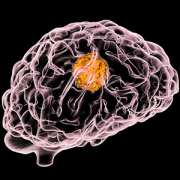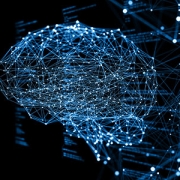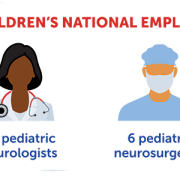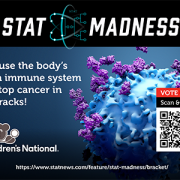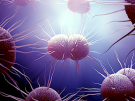International initiative aims to find rare brain tumor treatments

Rare brain tumors are not as well characterized due to the paucity of biological and clinical data available.
Certain brain tumors can be hard to diagnose. And as such, that makes it complicated to find a treatment.
In an effort to identify and tailor treatments to patients with rare brain tumors, Children’s National is launching a rare brain tumor initiative. The hospital is collaborating with other hospitals in North America, South America and Europe to compile a registry of children diagnosed with rare brain tumors. The registry will collect biospecimens, clinical and radiological data from patients diagnosed with certain rare brain tumors.
The goal is to find a correlation between the molecular findings and the clinical findings to categorize them. This will help doctors get different prognosticators or different treatment approaches.
Here, Adriana Fonseca Sheridan, M.D., pediatric neuro-oncologist at Children’s National Hospital, tells us more about this international initiative.
What’s been the hold-up in the field?
The recent incorporation of molecular features as part of the diagnostic criteria and classification of brain tumors highlighted a high biological and molecular heterogeneity within previously histologically defined entities. The improvement in our diagnostic capabilities have been incredibly useful to stratify patients into different disease-specific risk groups and tailor therapeutic approaches accordingly in the most common brain tumors. In contrast, rare brain tumors are not as well characterized due to the paucity of biological and clinical data available. Additionally, newly molecularly defined entities lack specific clinical and therapeutic data and represent a major challenge to patients and doctors alike.
How does this work move the field forward?
The overarching objective of the international rare brain tumor registry is to deepen our understanding of the biological underpinnings of rare brain tumors. The registry also seeks to create infrastructure that allows for development of rational and personalized treatment strategies for children with rare entities.
What are you hoping to discover?
We hope to characterize the clinicopathological features and identify risk factors for survival and optimal therapeutic approaches of:
- CNS sarcomas
- BCOR-ITD tumors
- Astroblastoma/MN1 altered tumors
- Histologically ambiguous/unclassifiable brain tumors
How unique is this work?
Children’s National will spearhead the development of this initiative and lead an effort to prospectively collect biological specimens, radiological and clinical data that allow us to better understand the biologic mechanisms and therapeutic susceptibilities of these rare diseases.
We know that the best way to lead the advancement of the field in rare diseases is through collaboration. Therefore, we will synchronize efforts and collaborate with our European colleagues. They will be running a similar initiative. Our goal is to generate meaningful and robust data that will allow us to better understand how to successfully treat patients with these rare brain tumors across the globe.


